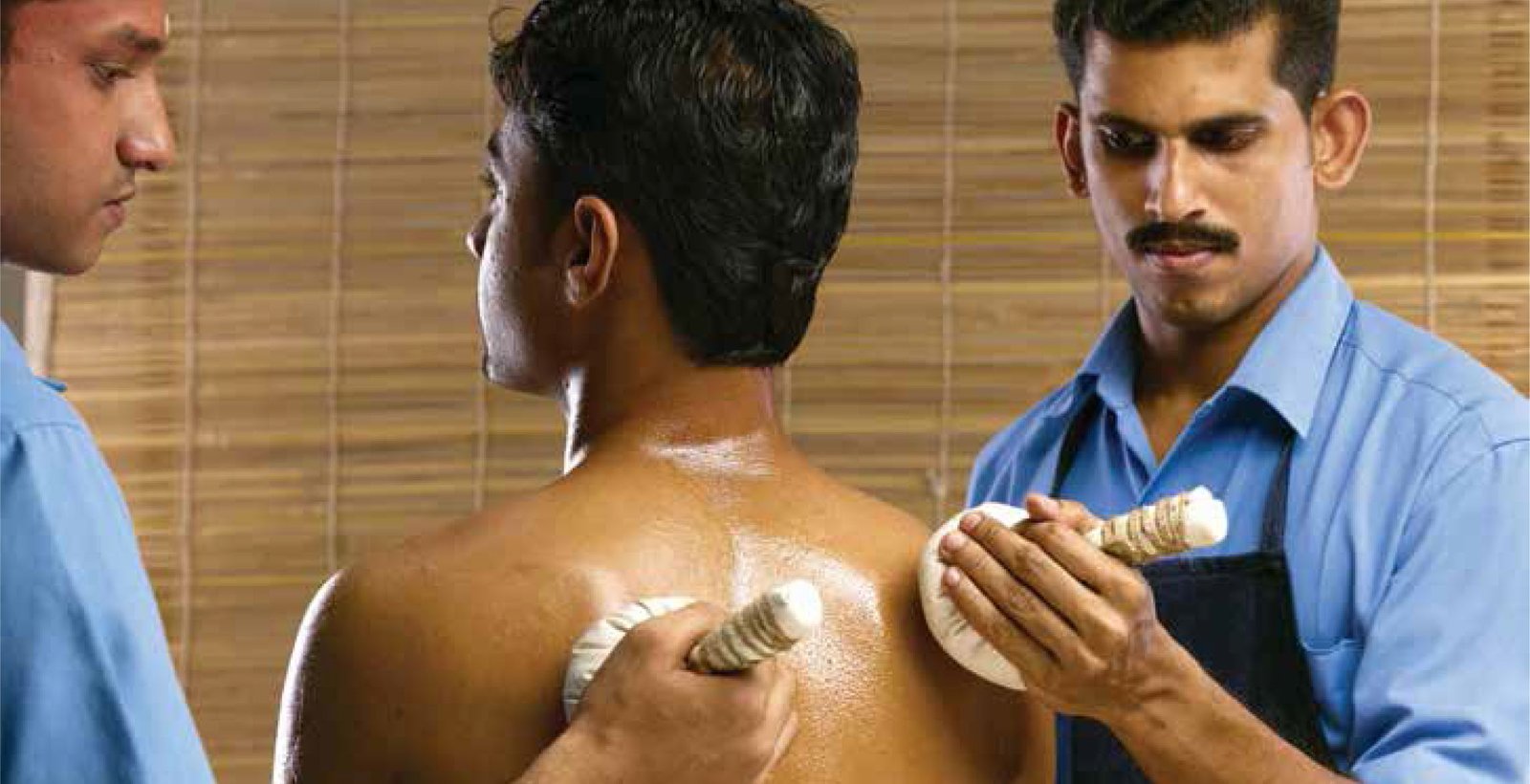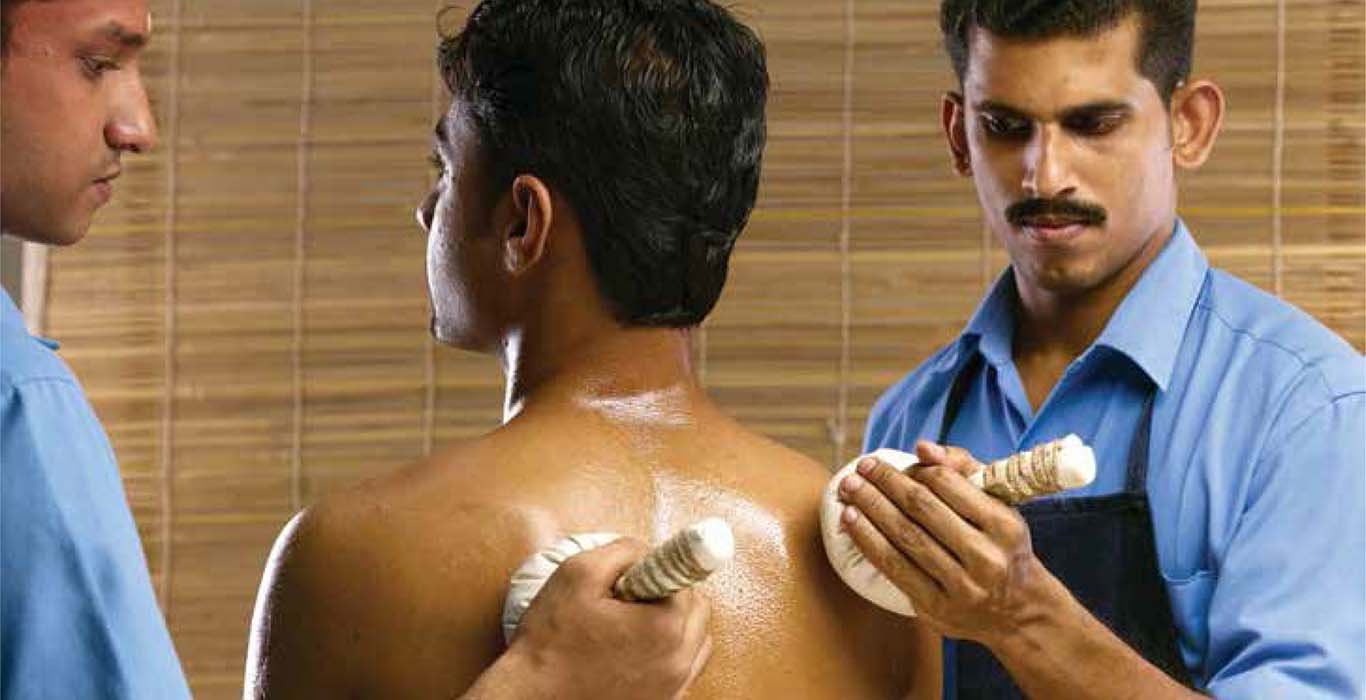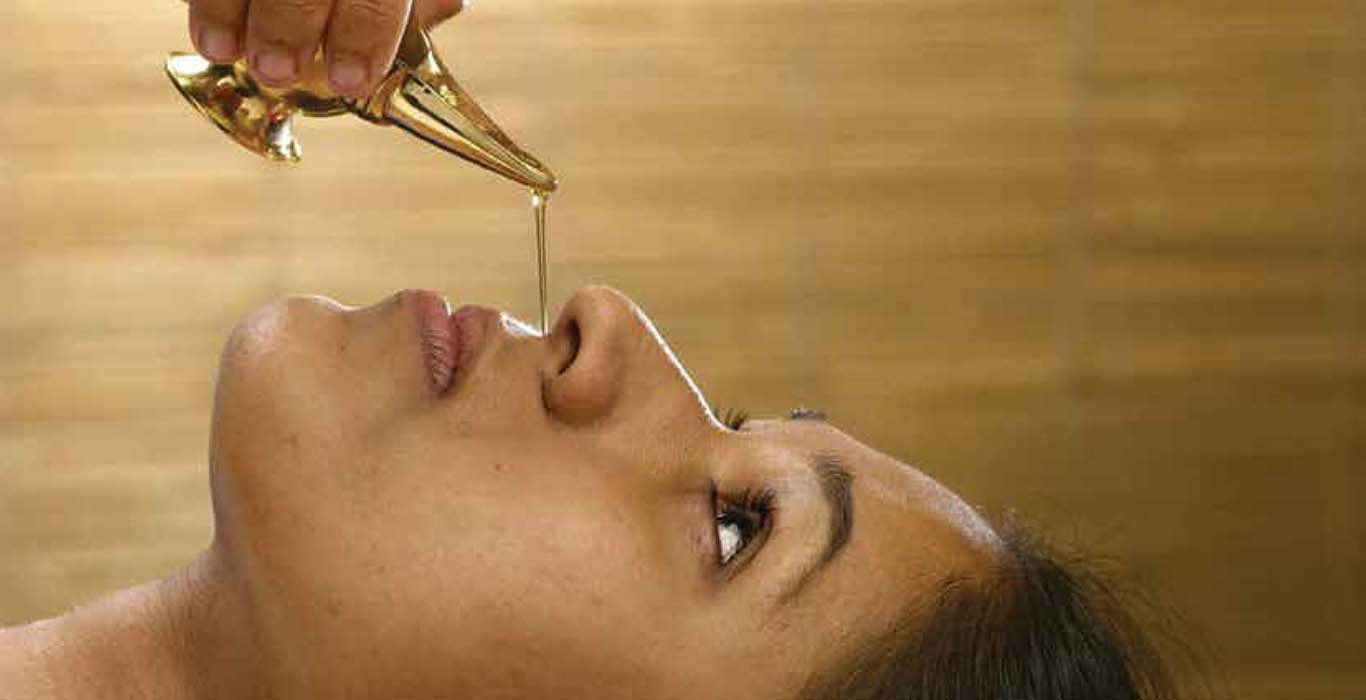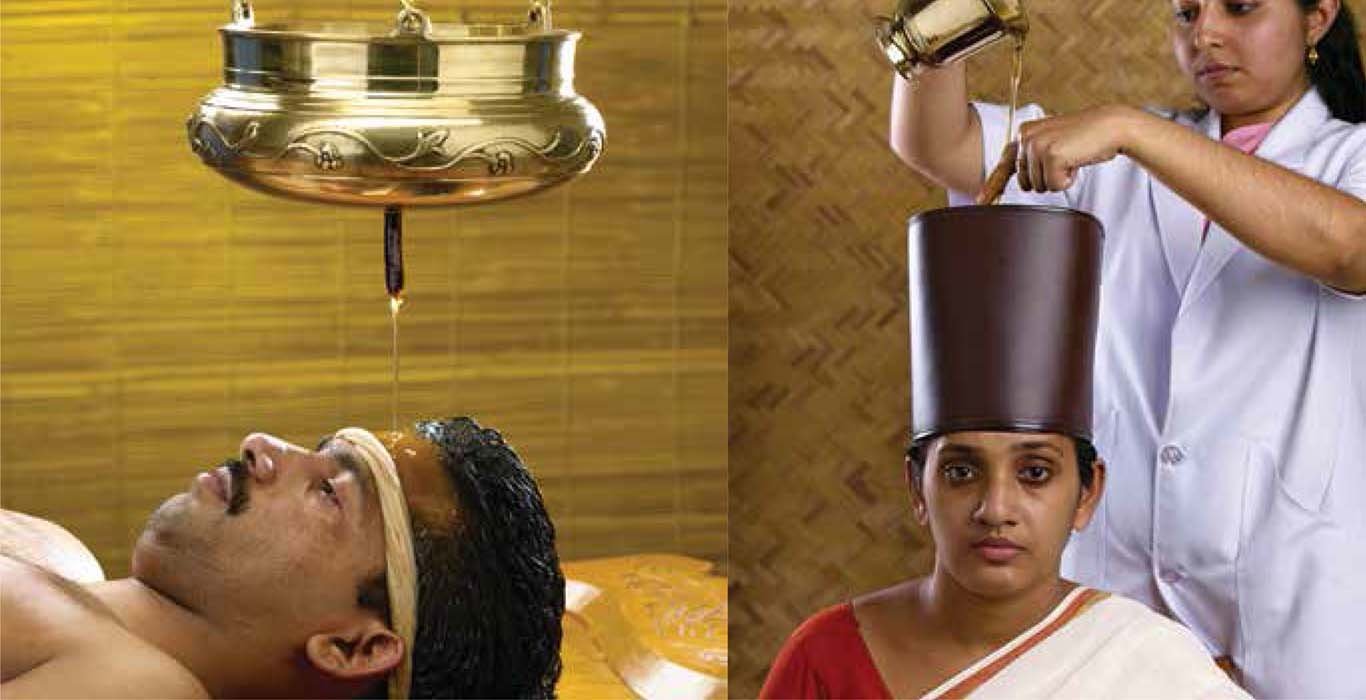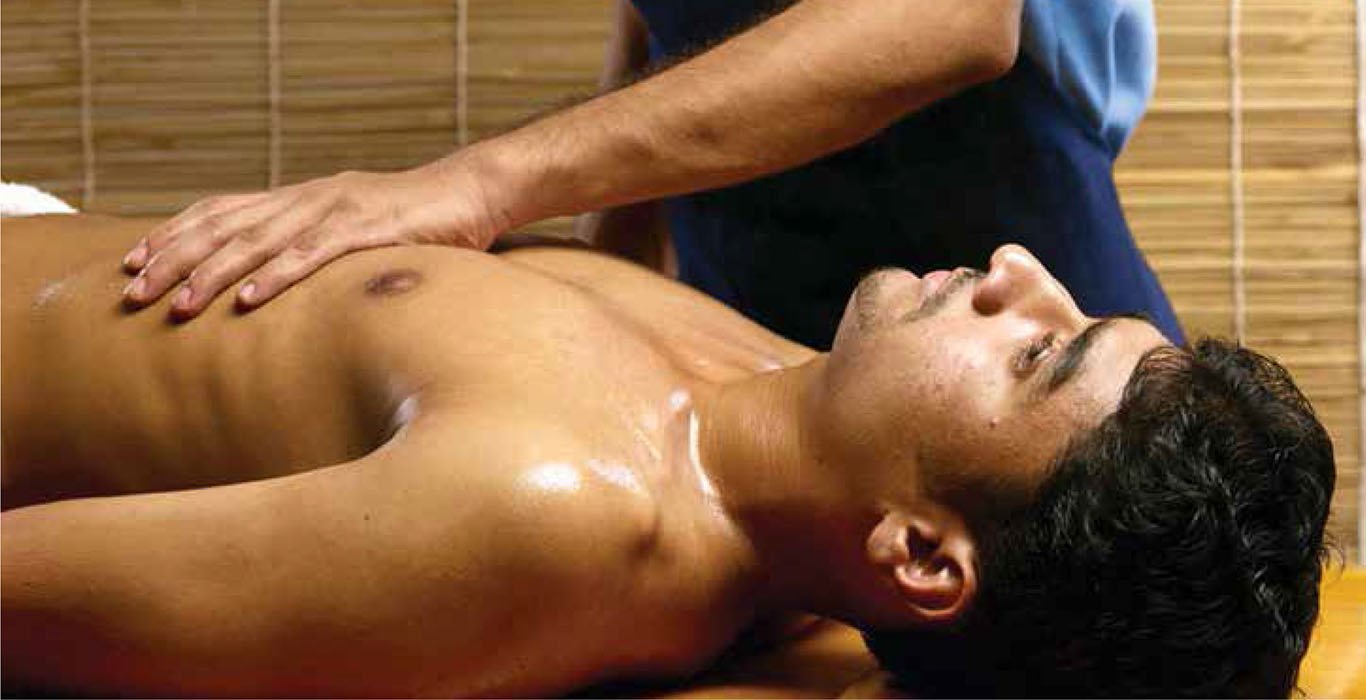Monsoon Ayurveda Treatments
Text: Hazel S Austin
Rains in Kerala are always a sight to behold. The gentle sway of the coconut trees, the grey skies and the pitter patter of raindrops are always a welcome respite from the long summer months. Many people cherish the sweet smell of wet fresh earth after the first rains and have many memorable moments from childhood. Grandmothers of yesteryears have long recommended the first rains as the perfect cure to the prickly heat outbreaks of the scorching summer. It may not have been without perfect reason. The ancient texts of Ayurveda speak at length about the various changes in nature during the seasons of rains and the different lifestyle changes advocated for better health.
From the perspective of the science of Ayurveda the year is divided into six seasons namely Shishira,Vasanta, Grishma Varsha, Sharad and Hemant each based on the movements of the sun into the northern and southern solastic positions. Each of these two solastic positions are consecutively divided into six months each. Ritu, or the seasons as they are known, have different profound ways in which they affect the body as well as the environment. It needs no telling that the changes are quite evident, all around us we see nature going through the rhythm. Flowers bloom and wilt, trees shed leaves and spring beckons new shoots as well. Yet, we are hardly aware of the changes that might be happening in our internal systems as well. We fail to realize that as human beings are part of the same ecology, the body is also greatly influenced by external environment. When the body is unable to keep pace with the changes, unable to adopt itself to stressors due to changes in specific traits of seasons, it may lead to an imbalance of the doshas in the body leaving the body susceptible to one or the other disorder of some kind. At no time is it more evident than the monsoons when we are all sniffling with a cold or a cough of some kind. But, surprisingly, it is also the right time to indulge in some TLC by being more careful of the food we consume and also finding some time to pamper ourselves to the regimen prescribed for the season.
Diet
It is recommended to have foods having Amla(sour) and Lavana (salty) taste and of Sneha (unctuous) qualities.
Light and freshly cooked food along with preparations made from aged barley, rice and wheat.
Drinking boiled water with a dash of honey, or sipping on hot and herbal tea is an ideal option while warm meat soups can be nutritious.
Increased intake of sweet, sour and salty food is recommended.
Lifestyle
Use of boiled water for bath and rubbing the body with oil properly after bath is advised. Medicated Basti (enema) is prescribed as an evacuative measure to expel vitiated Doshas.
Getting wet in rain, day-sleep, exercise, hard work, wind, staying at river-bank, etc., are to be avoided.
Along with the above, the body benefits from the other specific treatments recommended during the months of Monsoon. These treatments help in realigning the various dosha imbalances or the aggravation of Vata and Pitta dosha in Varsha Ritu (Monsoon season). Most of these treatments are holistic in nature mainly focussed on rejuvenation process that detoxifies body, balances the vitiated doshas and place emphasis on maintaining a healthy constitution.
What makes the monsoon regimen so effective is the simple fact that the moist climate opens up the pores in the skin, making it more receptive to all the medications and treatments. These treatments are highly beneficial for those suffering from lifestyle disorders like diabetes, blood pressure, anxiety & stress. It is also beneficial for chronic conditions like rheumatoid arthritis, osteoarthritis, back pain, lumbar and cervical spondylosis etc.
Some of the common Varsha Ritu Ayurveda or Karkata chikitsa are:
Abhyanga – The practice of massaging medicated oils to increase blood circulation in the body and help to relax, nourish and rejuvenate the body cells.
Shirodhara – The practice of pouring oil, milk or medicated butter milk on the forehead for a specified period. This helps to reduce headaches, minimize stress, improve memory and eliminates disturbances during sleep.
Swedanam – The practice where the patient is made to sweat by using a steam made from boiling herbs.
Pizhichil – The practice of pouring oil all over the body prior to a massage to reduce dryness, minimize fatigue and cure all neurological disorders.
Virechana – The practice that clears all toxins or pitta dosha from the patient’s system.
Karkataka Chikitsa is particularly effective in the prevention of diseases and in increasing energy levels, reinvigorating the body and extending the longevity of life.



